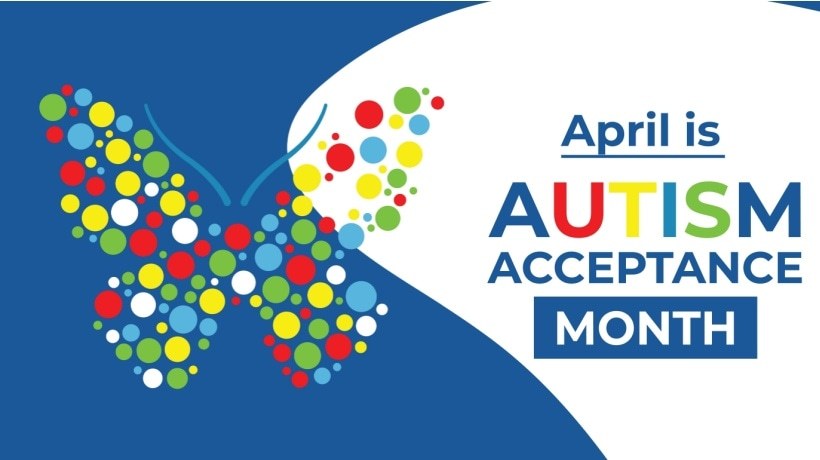World Autism Awareness: How To Create Inclusive eLearning Experiences
Autism spectrum disorder manifests itself in different ways. While some might have difficulty with social interactions, others exhibit repetitive behaviors or their senses are hypersensitive. Personalization is always the key to meaningful and memorable learning, but course developers and educators must always consider those with special needs when designing online resources. It's the only way to create truly interactive and inclusive eLearning content that resonates with everyone. In honor of World Autism Awareness Month, here are some Instructional Design insights to create more engaging and emotionally centered eLearning experiences for EVERY member of your audience.
Tips To Design Accessible And Engaging eLearning Courses
Offer Personal Learning Paths
Self-direction is often the key to creating inclusive eLearning and empowering individuals. It gives them the chance to chart their own course and choose activities that align with their goals and gaps. For example, you might offer personal certification paths that focus on specific skills or core competencies. Learners are able to go at their own pace and create a schedule that works best for them. You can even pre-assess to identify strengths and areas for improvement, then provide them with a list of recommendations if they need additional guidance.
Include Diverse eLearning Resources
Learners with special needs might feel alienated from the group, especially if you set aside specific resources just for them. They're no longer on par with their peers because they have limited access to the training library or are treated differently by instructors. However, offering a broad range of emotionally-centered activities puts everyone on an even playing field. Everyone can choose activities that align with their preferences, interests, and learning needs. For instance, those who experience sensitivity to sound might opt for reading activities or visual aids versus serious games and podcasts. Conversely, others may prefer to eliminate external distractions because they need that sensory stimuli.
Provide Flexible Support
Every member of your learning audience requires support at one time or another. Preferably, microlearning resources that help them bridge knowledge and skill gaps on the spot; for example, bite-sized tutorials that walk them through a task or help them troubleshoot a common issue. A JIT library provides them with more autonomy because they can focus on areas for improvement discreetly in between scheduled learning sessions.
Let Learners Set Their Own Expectations And Milestones
People often know their own limitations and boundaries when it comes to educational pursuits. So, encourage them to set personal milestones and goals based on past experiences and behavioral considerations. For example, they may not be able to sit for long periods of time or they're worried about inappropriate social exchanges with peers. They should be able to determine when and how they participate in your eLearning program.
The Difference Between Inclusive And Individualized
Individualized learning is not always the best approach, particularly not when it comes at the cost of isolating learners. While every eLearning experience should be customized to suit your learners, those with special needs rarely want to feel "special." Thus, it's important to design accessible resources that are intended for all online learners versus custom-tailored resources that limit their potential or underestimate their abilities. For instance, there shouldn't be a library that's solely intended for learners with ADHD and another for those on the spectrum. However, you can set up peer-based communities and other support networks that allow them to dictate the terms.
Another valuable step in the design process is needs analysis. Conduct surveys and assessments to find out what learners want to get from your eLearning course and identify potential obstacles. Do they have negative preconceptions about online learning? Should you include subtitles and captions so that they have more control during their sessions? How can you improve navigability to help guide them through the course without taking away their autonomy? These are all factors to consider when designing accessible eLearning.
Conclusion
World Autism Awareness Month should be a time when we reevaluate our current eLearning approach to ensure that it's inclusive and easily accessible, regardless of learners' needs or special considerations. On the other hand, we should never stop thinking about how to design engaging learning activities that give everyone equal opportunities to broaden their horizons and actively participate in the experience.






